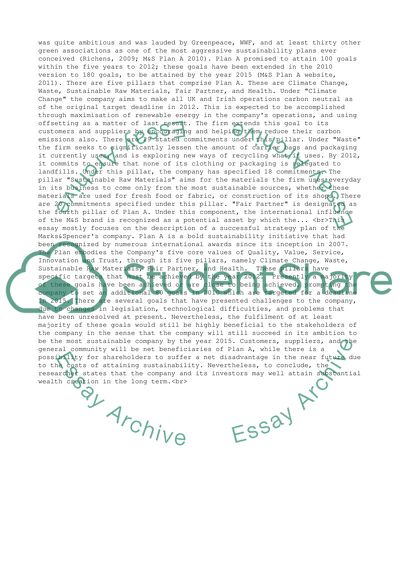Cite this document
(“Mark & Spencer's Plan A Strategy: Serving Stakeholder Groups Interests Essay”, n.d.)
Retrieved from https://studentshare.org/business/1423085-mark-spencers-plan-a-strategy-serving-stakeholder-groups-interests
Retrieved from https://studentshare.org/business/1423085-mark-spencers-plan-a-strategy-serving-stakeholder-groups-interests
(Mark & Spencer'S Plan A Strategy: Serving Stakeholder Groups Interests Essay)
https://studentshare.org/business/1423085-mark-spencers-plan-a-strategy-serving-stakeholder-groups-interests.
https://studentshare.org/business/1423085-mark-spencers-plan-a-strategy-serving-stakeholder-groups-interests.
“Mark & Spencer'S Plan A Strategy: Serving Stakeholder Groups Interests Essay”, n.d. https://studentshare.org/business/1423085-mark-spencers-plan-a-strategy-serving-stakeholder-groups-interests.


